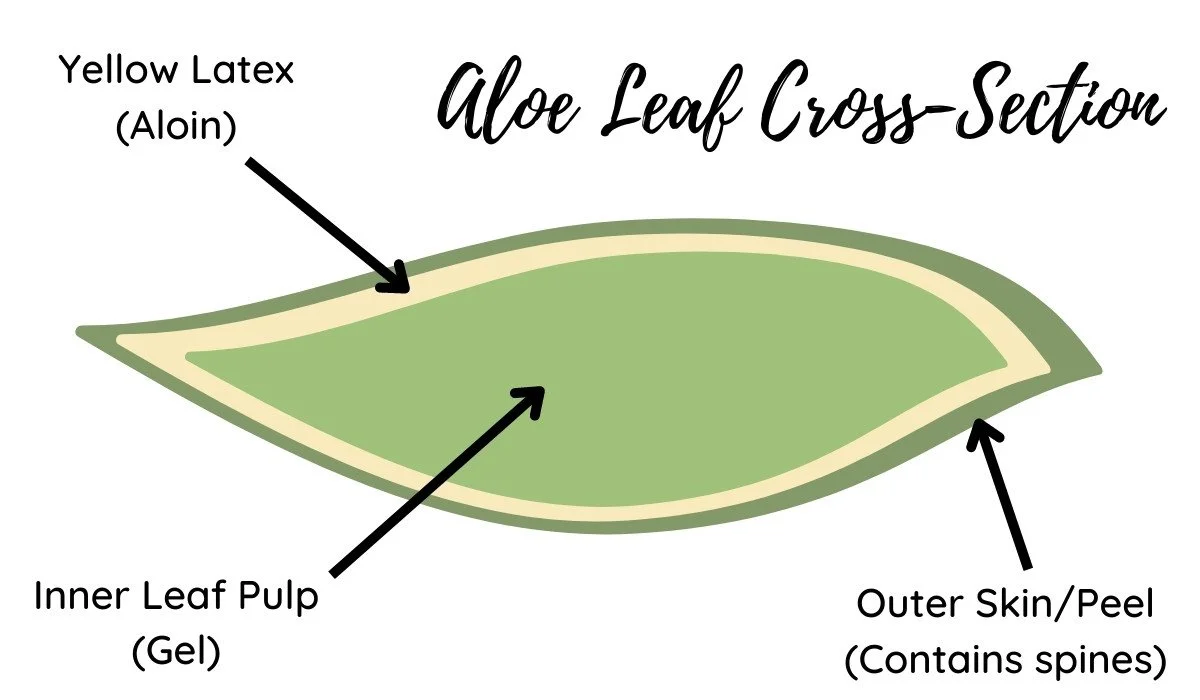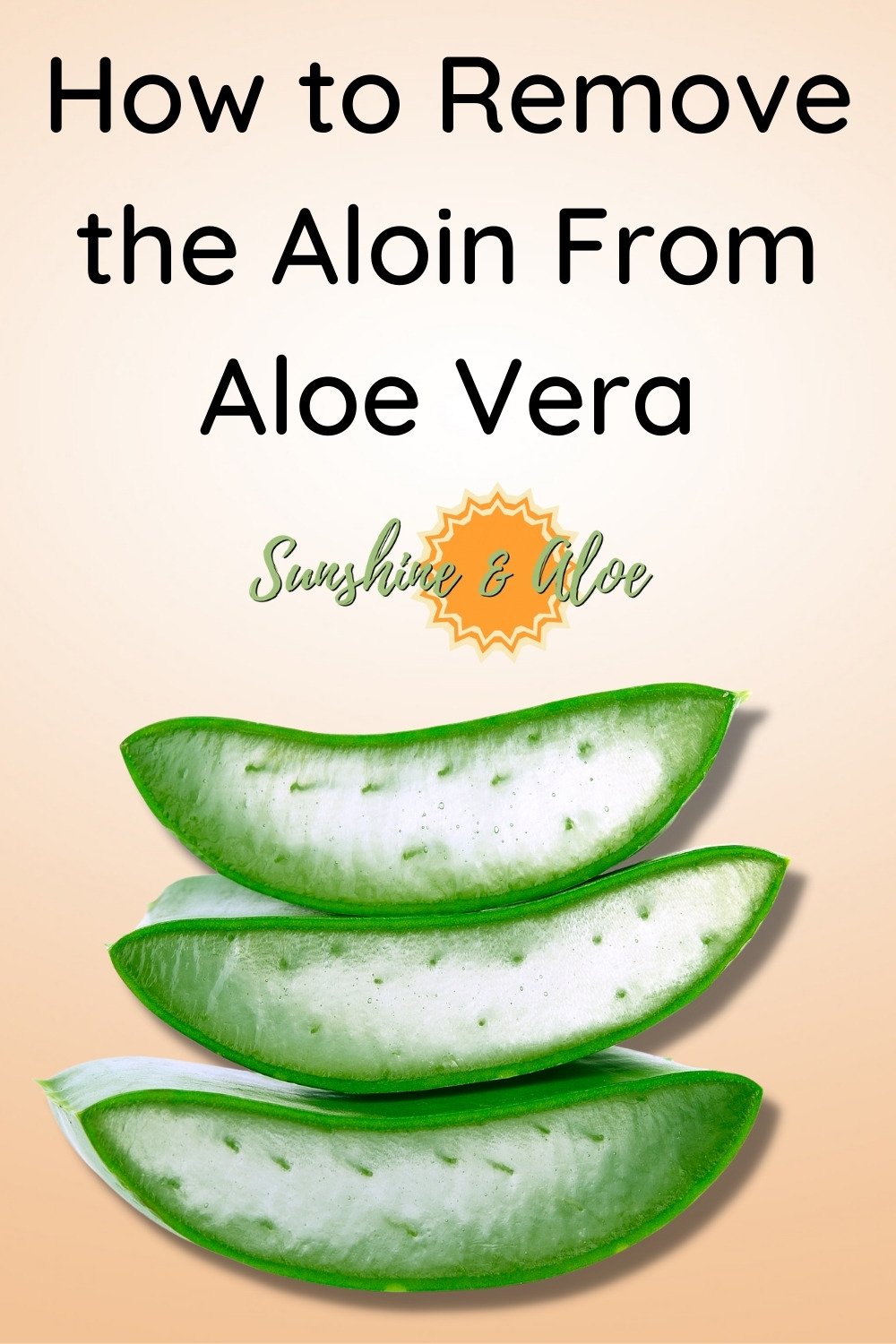Is the Aloin in Aloe Vera Toxic?
Have you ever heard that aloe vera is toxic?
Crazy, right? Aloe vera is supposed to be a highly beneficial medicinal plant. So how could it be toxic?
Well, aloe vera gel is very safe. But the aloe vera leaf doesn’t just contain gel. It also contains something called aloin, a compound that can be toxic depending on how much you consume.
What is Aloin?
Aloin is a type of anthraquinone. Good luck pronouncing that word!
What exactly is an anthraquinone? Anthraquinones are potent compounds that actually have many medicinal benefits. Like other compounds in aloe vera gel, anthraquinones also have antiseptic and antioxidant properties. And they function as laxatives, so they can be a useful treatment for constipation.
That all sounds good, right? Here’s the thing: taken in small amounts, anthraquinones aren’t toxic. In fact, they can provide many health benefits.
The problem is that aloin, like many anthraquinones, is very strong. While taking small amounts of aloin may relieve constipation, you don’t want to take too much! Furthermore, people who regularly use anthraquinones as laxatives can develop an unwanted dependency on them.
Lastly, anthraquinones are used in chemotherapy drugs. They are effective in treating cancer —but that should tell you something about their potency!
Parts of an Aloe Vera Leaf
The aloe leaf is separated into three main parts.
The skin or peel. The skin is very tough and contains spines along the edges.
The outer leaf pulp. Also known as the aloin, the outer leaf pulp is a yellowish latex.
The inner leaf pulp. This part of the aloe vera leaf is the gel portion and forms the majority of the leaf.
As you can see from this diagram, the aloin coats the gel, separating it from the skin. As a result, many aloe vera products have traces of aloin of them, leading some people to question whether they are really safe or not.
Are Aloe Vera Products Safe?
Despite the aloin in aloe vera being potentially dangerous, you shouldn’t shy away from aloe vera entirely. Aloe vera is an amazing plant, with anti-inflammatory, antioxidant, and antibacterial characteristics.
Most aloe vera drinks contain small amounts of aloin, but not enough to be toxic. You can expect concentrated aloe drinks to have a slight laxative effect, without any other side effects. Diluted aloe vera drinks may not have any side effects at all.
Generally, aloe drinks are safe, but if you experience any strange side effects then you should stop using that product and find an alternative. Because aloin is harmless when applied topically, topical aloe vera products are safe unless you have an allergic reaction (which is very rare).
How to Remove the Aloin From Your Aloe Vera
If you are worried about the safety of commercial aloe vera drinks, you can make your own aloe drinks at home and remove the aloin yourself! Simply take a fresh aloe leaf, cut it into several chunks (before removing the peel) and soak the chunks in a bowl of water. You may notice the yellow latex seeping into the water.
After a few minutes, you can rinse off the chunks. That should remove most of the aloin, but if you want to be sure, you can repeat the process. Just soak and rinse the aloe vera pieces again, then you can remove the peel and extract the gel like usual.
Once you have prepared the fresh aloe vera gel, there are several different ways you can add it to your drinks. You can mix it with a sweetener and water to make aloe water. Or you can blend the aloe into your smoothies. If you are a tea drinker, you can make aloe vera tea or use it as a refreshing topping for a fruity bubble tea.


